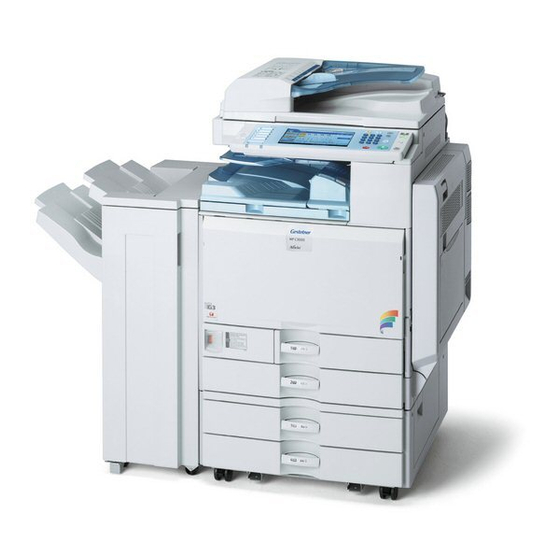
Ricoh C3030 Operating Instructions Manual
Hide thumbs
Also See for C3030:
- Operating instructions manual (136 pages) ,
- General settings manual (317 pages) ,
- How to do (2 pages)
Table of Contents
Advertisement
Advertisement
Chapters
Table of Contents
Troubleshooting













Need help?
Do you have a question about the C3030 and is the answer not in the manual?
Questions and answers